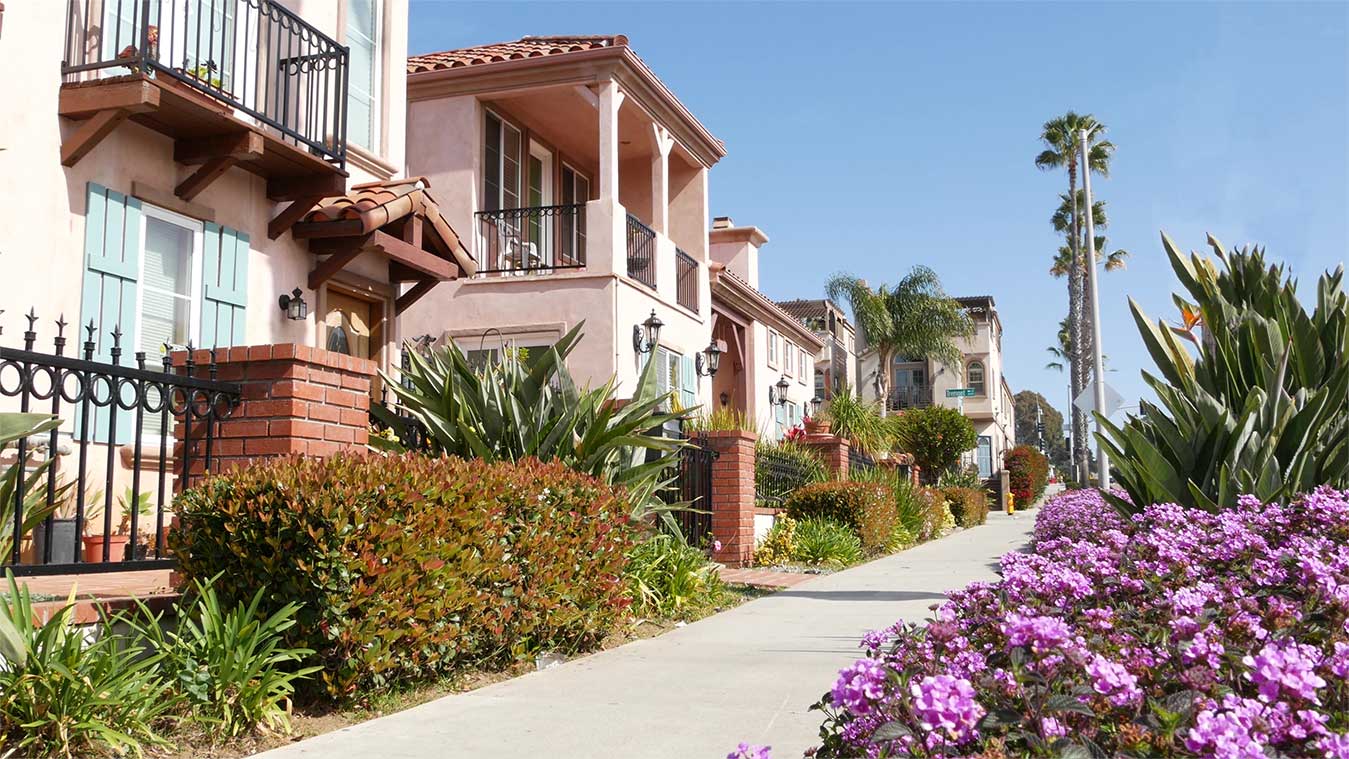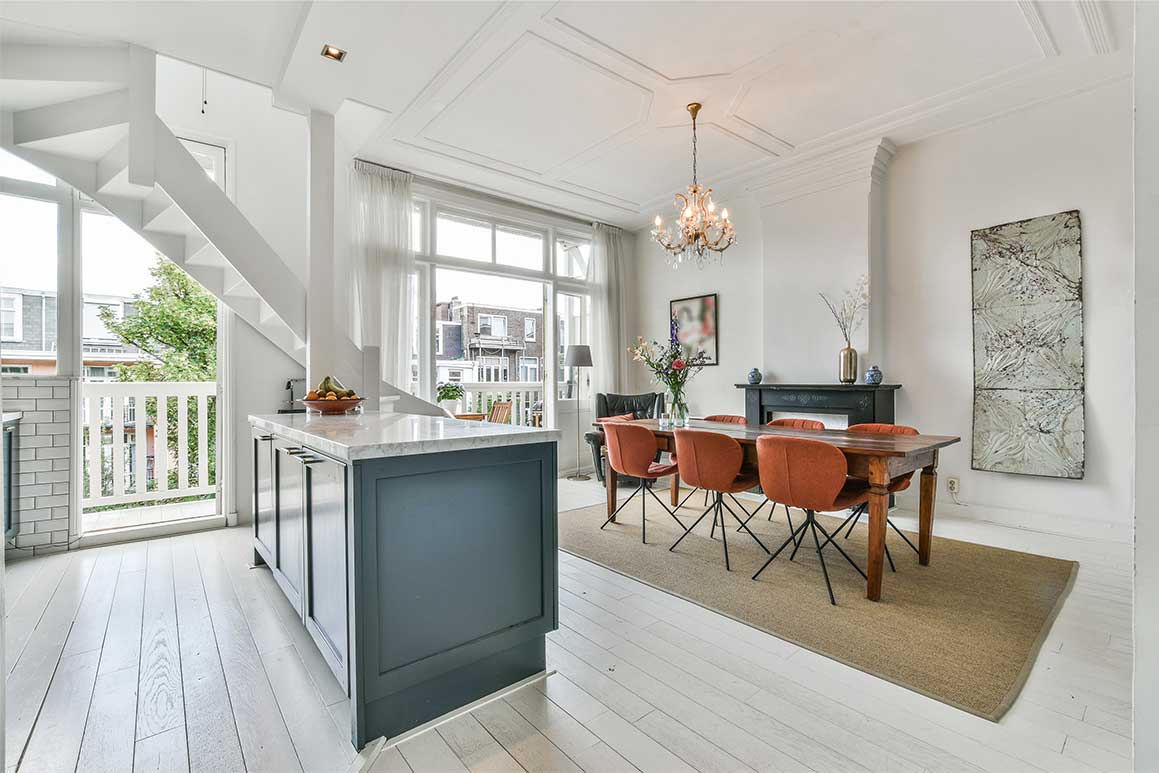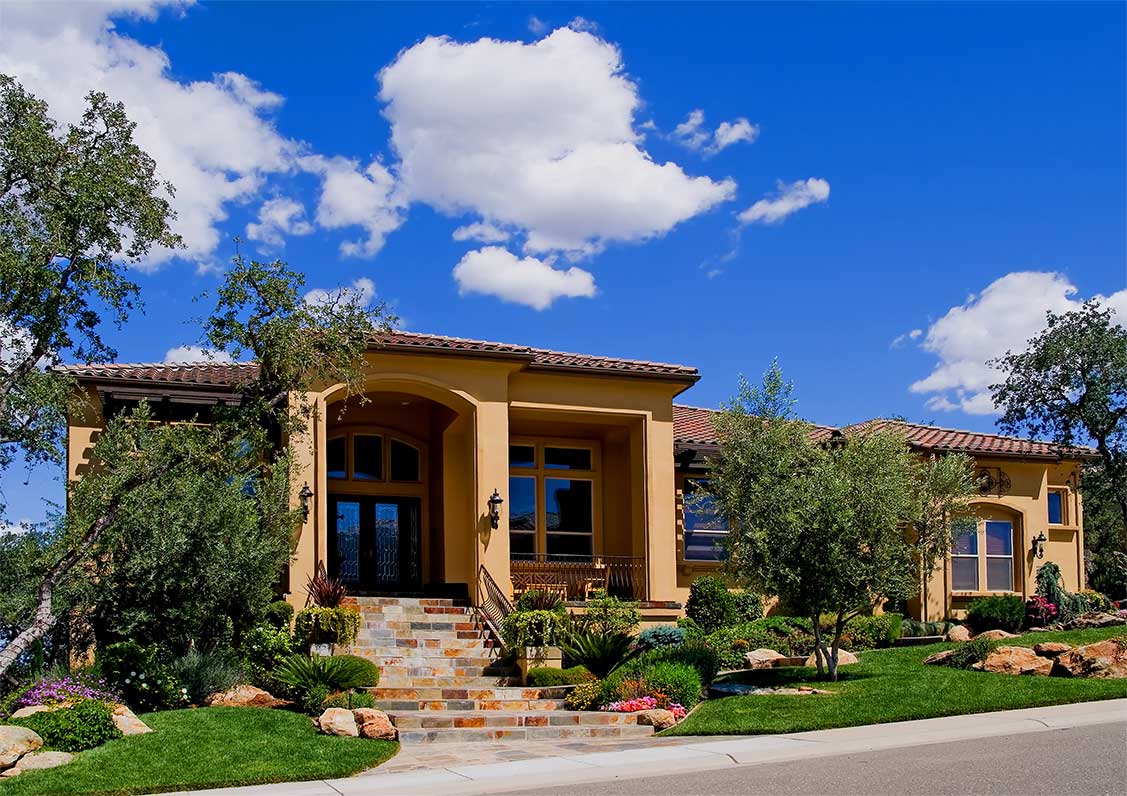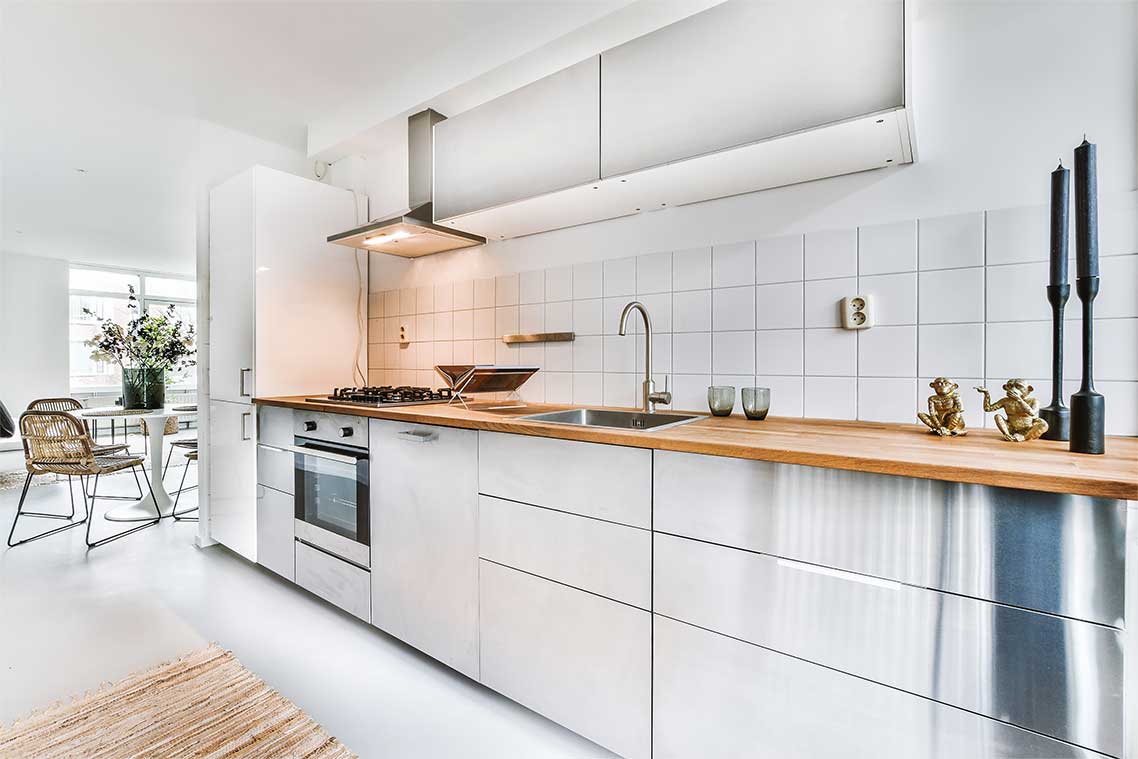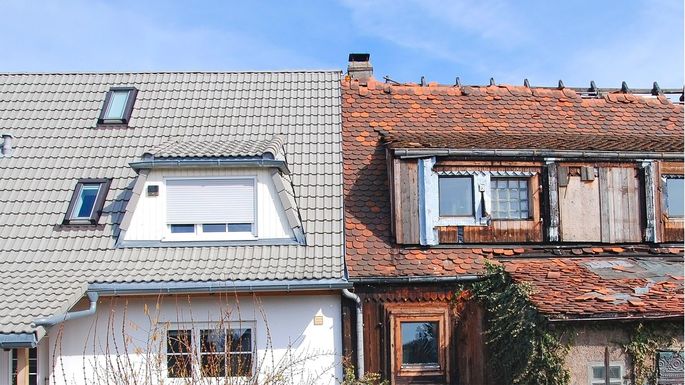 The concept of house flipping is fairly simple; buy an outdated house at a low cost, give it a makeover, and sell it at a higher price. Sounds easy, right? But there are actually a lot of factors that one must consider before starting with flipping houses in order to be successful.
Although the market for house flipping has been growing in recent years, there are still a number of projects that fail to yield income. More often than not, this is due to the underestimation of the cost of the project as well as the time it needs to be accomplished, and the overestimation of the capabilities of the project manager. Just like in any industry, the more you know, the better which is why we’ve come up with a basic guideline to flipping houses.
Financing
The first thing you need to consider is your finances. Understand home finances and decide how you’re going to pay for the house. Will you be paying for the house in cash or will you be getting a loan to finance this house? These are the basic questions you must answer first before starting a project.
<
The concept of house flipping is fairly simple; buy an outdated house at a low cost, give it a makeover, and sell it at a higher price. Sounds easy, right? But there are actually a lot of factors that one must consider before starting with flipping houses in order to be successful.
Although the market for house flipping has been growing in recent years, there are still a number of projects that fail to yield income. More often than not, this is due to the underestimation of the cost of the project as well as the time it needs to be accomplished, and the overestimation of the capabilities of the project manager. Just like in any industry, the more you know, the better which is why we’ve come up with a basic guideline to flipping houses.
Financing
The first thing you need to consider is your finances. Understand home finances and decide how you’re going to pay for the house. Will you be paying for the house in cash or will you be getting a loan to finance this house? These are the basic questions you must answer first before starting a project.
<
Basic Guide to Flipping Houses
By Mclain Properties Monday, December 14, 2020
 The concept of house flipping is fairly simple; buy an outdated house at a low cost, give it a makeover, and sell it at a higher price. Sounds easy, right? But there are actually a lot of factors that one must consider before starting with flipping houses in order to be successful.
Although the market for house flipping has been growing in recent years, there are still a number of projects that fail to yield income. More often than not, this is due to the underestimation of the cost of the project as well as the time it needs to be accomplished, and the overestimation of the capabilities of the project manager. Just like in any industry, the more you know, the better which is why we’ve come up with a basic guideline to flipping houses.
Financing
The first thing you need to consider is your finances. Understand home finances and decide how you’re going to pay for the house. Will you be paying for the house in cash or will you be getting a loan to finance this house? These are the basic questions you must answer first before starting a project.
<
The concept of house flipping is fairly simple; buy an outdated house at a low cost, give it a makeover, and sell it at a higher price. Sounds easy, right? But there are actually a lot of factors that one must consider before starting with flipping houses in order to be successful.
Although the market for house flipping has been growing in recent years, there are still a number of projects that fail to yield income. More often than not, this is due to the underestimation of the cost of the project as well as the time it needs to be accomplished, and the overestimation of the capabilities of the project manager. Just like in any industry, the more you know, the better which is why we’ve come up with a basic guideline to flipping houses.
Financing
The first thing you need to consider is your finances. Understand home finances and decide how you’re going to pay for the house. Will you be paying for the house in cash or will you be getting a loan to finance this house? These are the basic questions you must answer first before starting a project.
<
